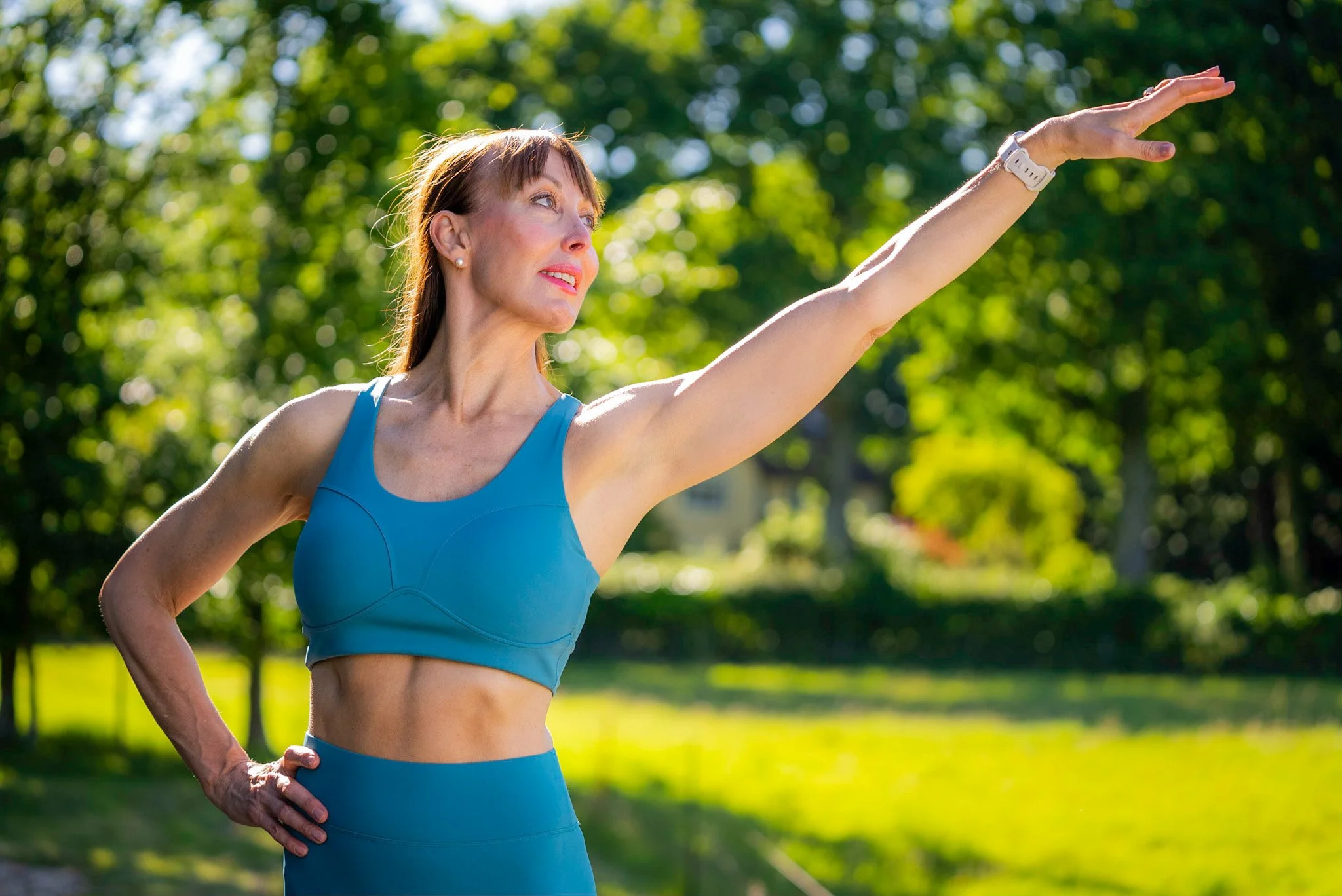There is a great article on why a sports injury can harm your mental health in this months Psychologies magazine with some excellent advice. One piece in particular was ‘ if you can’t play your usual sport due to injury what can you do instead? And this is where Pilates comes in. Working as a pilates instructor for 10+ years now I’ve seen many injuries and pathologies that have affected peoples mental health and the first priority is always to get people moving in whatever way they can because movement in itself is healing. A comprehensively certified teacher can call on 600 + pilates exercises from both the mat and apparatus repertoire and adapt them to work with the injury and rehabilitate both body and mind. I’ve had many clients arrive as injured who’ve stayed with me post recovery and continue to use pilates to cross train and stay injury free. And it isn’t just injuries, age can play a big part in how we feel about ourselves and the same philopsophy applies, movement is healing so my advice to you is no matter your age, no matter your injury find a way to move to stay healthy in mind and body.
The Ten Principles of Pilates
I've been practicing Pilates now for over 18 years and I cannot tell you how much my wellbeing, fitness and flexibility has improved from daily practice. I am fitter, stronger and less prone to injury than I was when I was a professional dancer and not only that I have more core strength now than I ever did when I was dancing professionally. Much has changed in the world of dance and sport in that time, so much so that it is now recognised that Pilates is an essential part of any dancer or athlete's cross training routine. But even if you practice Pilates regularly, are you aware of the original principles of this form of movement?
When Joseph Pilates developed his exercise regime in the early part of the twentieth century, it evolved over time as many forms of movement do, but he had a set of principles that he applied to all his work which are still taught today and I think it’s very useful to know what these are, and try and apply them to your own individual practice.
Awareness
Be aware of your body - joints and muscles.
Balance
Work all your muscles in balance.
Breath
Breathe well to aid your exercise as well as relieve stress.
Concentration
Concentrate on what you’re doing, be in the moment.
Control
Control your movements in in a relaxed way to reduce tension.
Centre
Focus on your centre (core) at all times, thereby stabilising your body.
Efficiency
Be efficient in the ease & economy of your movement.
Flow
Flow by activating the muscles at just the right time.
Harmony
Be in harmony with yourself, others and the environment.
Precision
Be precise & pay attention to the details of the exercise, enjoy the detail.
Written material and photograph copyright of Rachel Lawrence.
All Rights reserved
To Read more about the surprising benefits of Pilates, click the link below:






